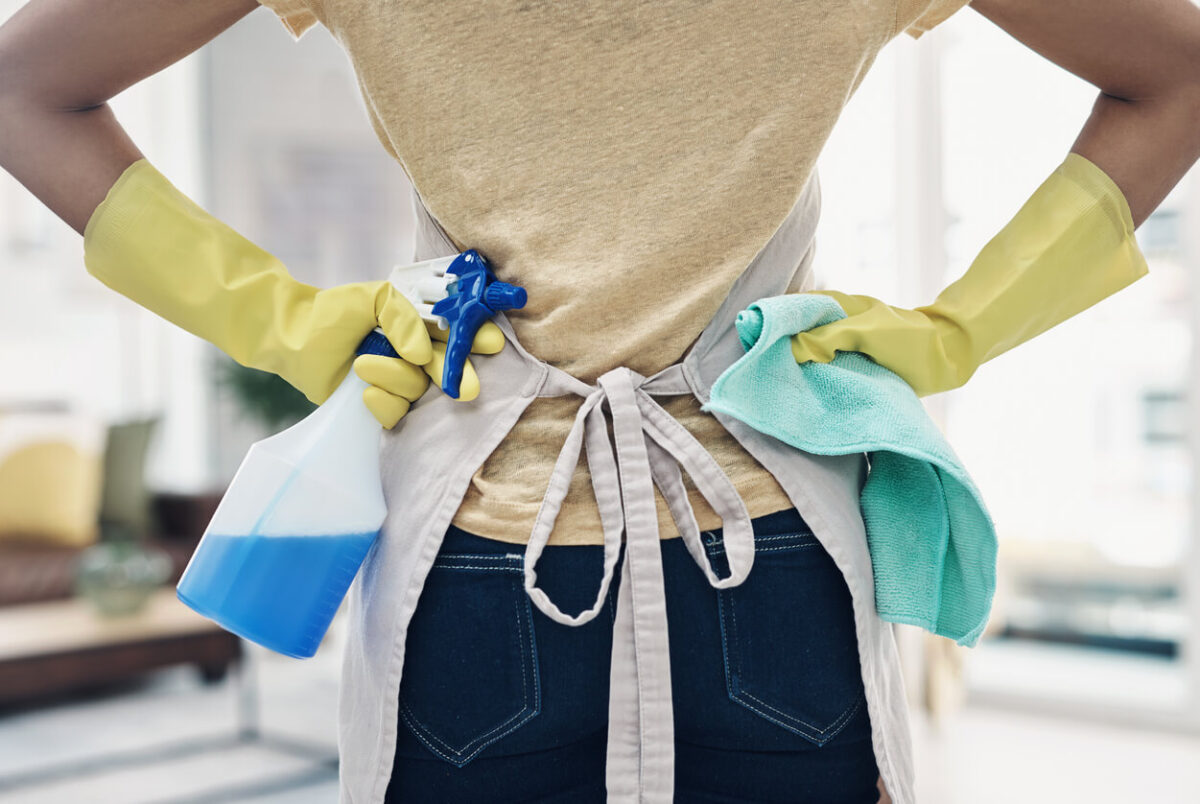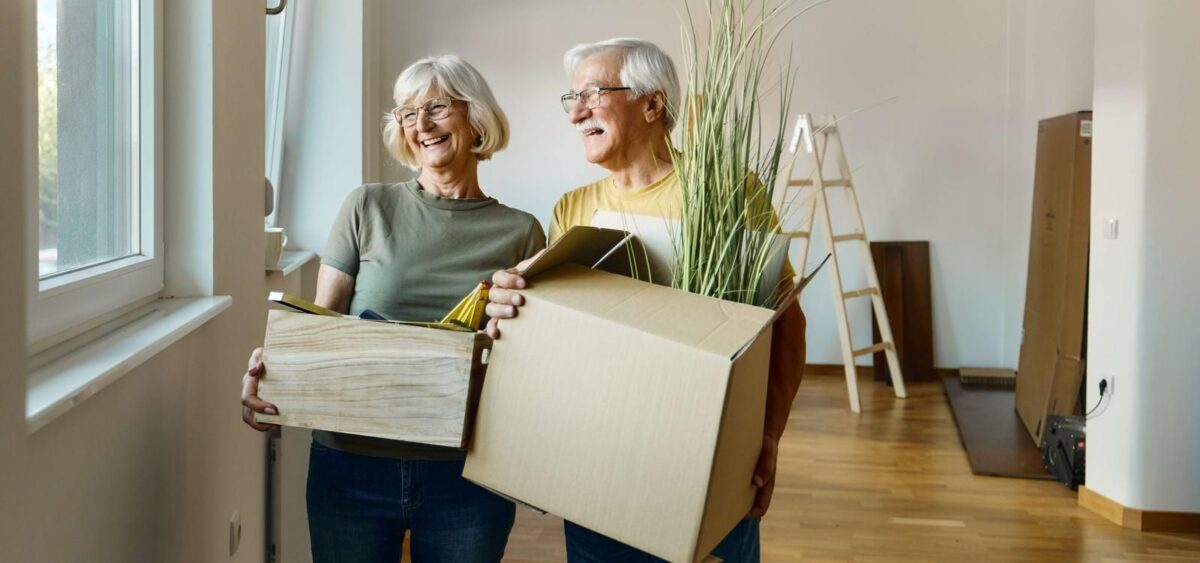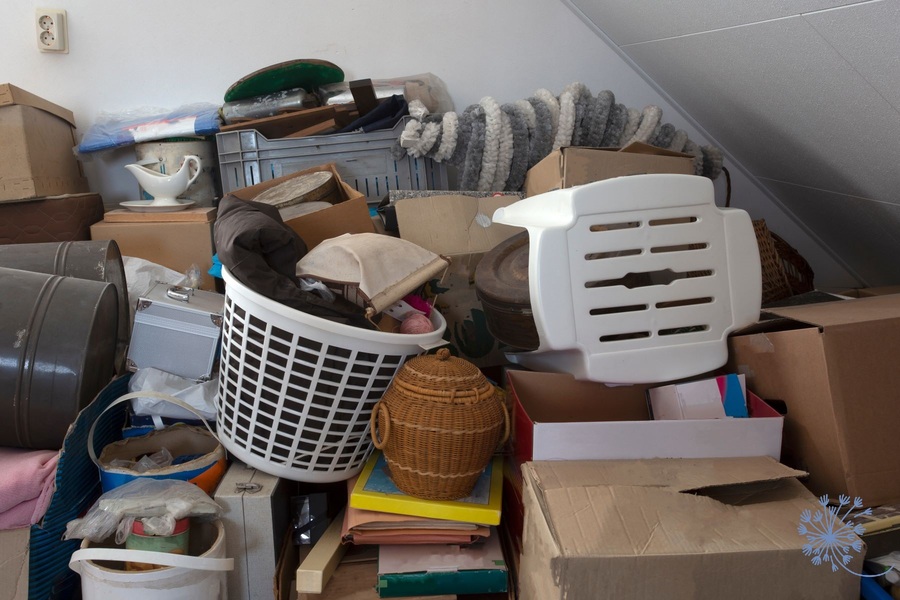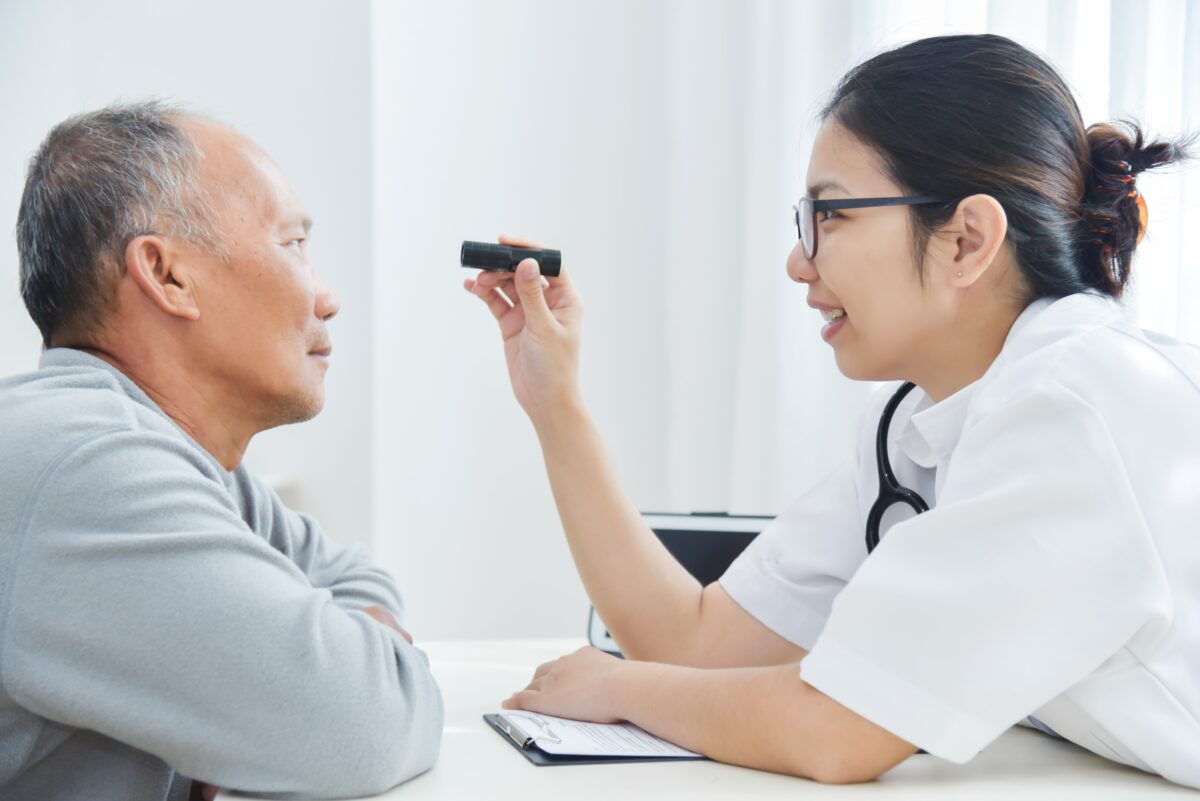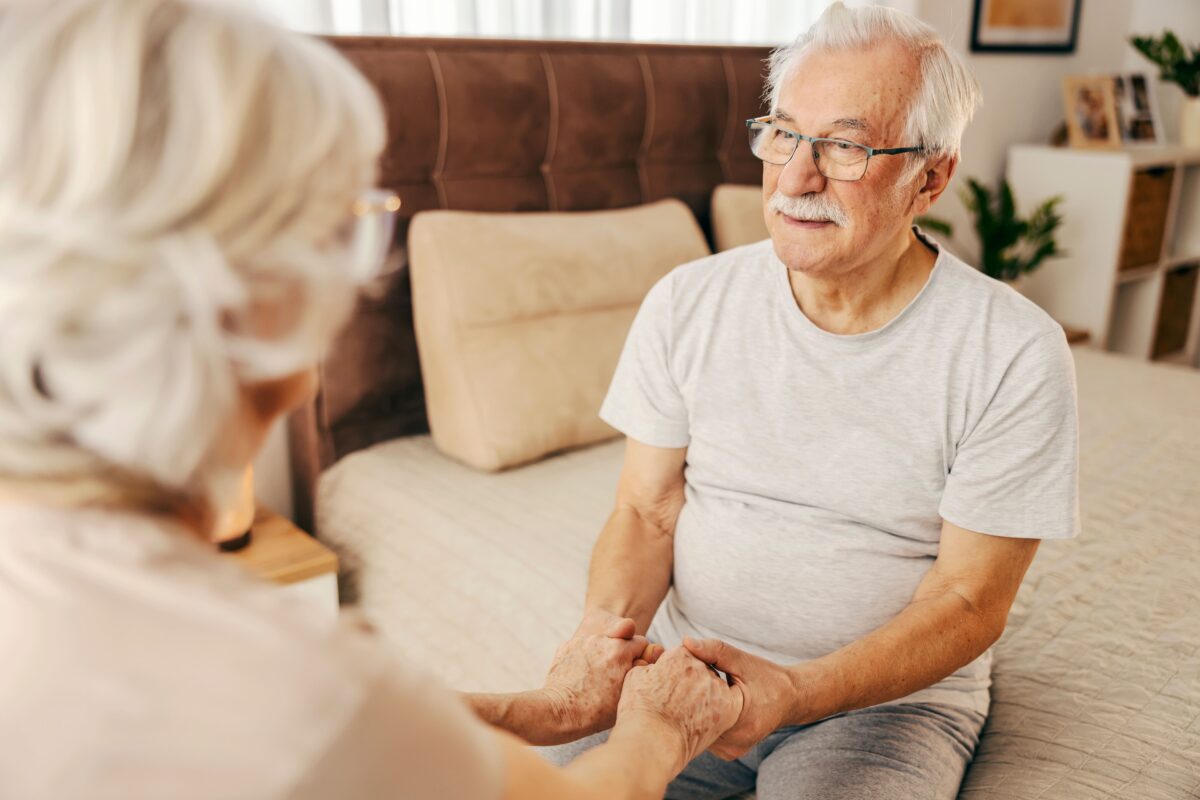Helping with Hoarding Cleanup: A Guide for Caregivers and Family
Caring for an older adult who hoards can be an overwhelming and emotionally taxing experience. Hoarding is often a deeply ingrained behavior that can significantly impact the individual’s physical and mental well-being, as well as the safety of their living environment. If you’re a family member or caregiver of an older adult who hoards, it’s essential to approach the situation with care and understanding, both for their well-being and your own.
While most severe hoarding situations are undertaken by professionals, caregivers and families often participate in the cleanup of less serious or dangerous hoarding houses. If you’re involved in hoarding clean up, use this guide to prepare yourself and prioritize your health and safety during the process.
1. Taking Care of Yourself Physically
Hoarding situations can be hazardous to your health, especially in extreme cases. Physical safety should be a top priority when working in or around a hoarding environment. Here are some precautions to consider:
- Wear Proper Protective Gear: If you’re entering a home that’s cluttered or unsanitary, wear sturdy shoes (avoid sandals or heels) to prevent slips and falls. Consider wearing gloves, a respirator and long sleeves to protect yourself from dust, debris and potential allergens.
- Avoid Emotional Reactions: Try to remain calm and composed while in the home. Showing visible shock or distress can make the person who hoards feel defensive or upset. Maintain a neutral demeanor to reduce their anxiety.
- Minimize Exposure to Dust and Mold: Hoarding environments often contain large amounts of dust, mold and allergens. Be mindful of stirring up dust by avoiding touching unnecessary objects. Wear a mask so you don’t accidentally consume or inhale anything dangerous.
- Address Animals with Care: If there are animals in the home, especially in large numbers, ask the person to contain them before you enter. If the animals are part of the hoarding issue, consider working with animal control or a local animal shelter for support.
- Take Breaks: Hoarding environments can be overwhelming. Step outside for fresh air regularly, and take breaks to regroup emotionally and physically. It’s essential to avoid overexerting yourself.
2. Handling Health and Safety Hazards
Hoarding can create significant safety and sanitation hazards, which may require professional assistance. Here are some tips for navigating these risks:
- Inspect for Hazards: When entering the residence, check for unsafe conditions such as blocked exits, fire hazards or unsanitary surfaces. Pay attention to the ceilings and areas that are often overlooked during cleanup efforts.
- Seek Professional Help: If the home’s condition is beyond what you can handle, it’s important to contact professional cleaning services or organizers who specialize in hoarding situations. They can help address safety issues without overwhelming your loved one.
- Monitor for Health Issues: Hoarding can lead to serious health problems, both from the environment and the psychological toll it takes on the individual. Keep an eye out for signs of illness, respiratory issues or mental health decline, and consult a healthcare professional if necessary.
3. Setting Boundaries and Managing Expectations
It’s important to set clear boundaries with your loved one and manage expectations regarding the cleanup process. Hoarding is a deeply rooted behavior, and it can take a long time to see tangible progress. Here are some things to keep in mind:
- Work at Their Pace: Understand that your loved one may not be ready to part with certain items immediately. Hoarding is often driven by anxiety and fear, and forcing them to discard items too quickly can cause distress or resistance.
- Celebrate Small Victories: Recognize and celebrate any progress, even if it feels minimal. The goal is to improve the living environment gradually, and every step forward is an accomplishment.
- Know When to Step Back: If you’re feeling overwhelmed or frustrated, it’s okay to take a step back and regroup. You can’t do everything at once, and your emotional well-being is just as important as your loved one’s.
4. Involving Outside Support and Services
In many cases, involving professional services can be essential for managing hoarding behaviors effectively:
- Mental Health Support: Hoarding is often tied to mental health conditions such as anxiety, depression, or OCD. Consider involving a therapist or counselor who specializes in hoarding disorder to provide your loved one with the emotional support they need.
- Organizational Help: Professional organizers who specialize in hoarding can help break down the clutter in a manageable way. They can also offer guidance on maintaining an organized home moving forward.
- Community Resources: Depending on the severity of the situation, you may need to contact community resources or agencies for help. This can include adult protective services, housing inspectors, or local health departments.
